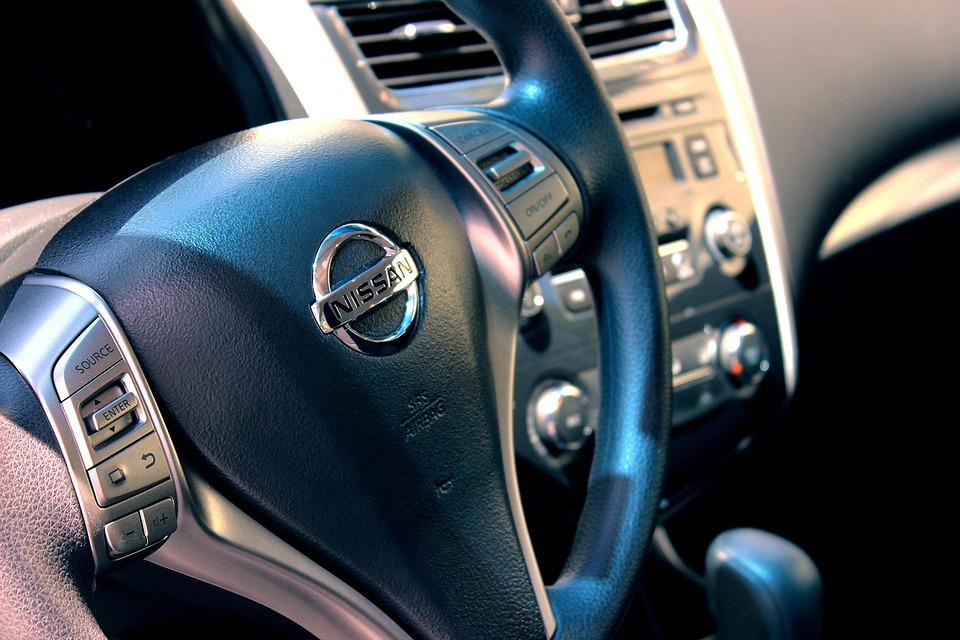The self-driving revolution promises to reshape our transportation landscape, offering potential benefits such as reduced traffic accidents, improved efficiency, and increased mobility. Despite these promises, regulatory hurdles remain a significant barrier to the widespread adoption of autonomous vehicles (AVs). This article explores the key regulatory roadblocks hindering the self-driving revolution and the implications for the future of transportation.
1. Lack of Comprehensive Legislation
One of the primary challenges in advancing self-driving technology is the absence of a cohesive regulatory framework. While some states in the U.S. and countries around the world have begun to draft legislation, many are still operating under outdated traffic laws that do not account for the complexities of AVs. The patchwork of state and federal regulations creates inconsistency, making it difficult for manufacturers to navigate compliance.
The Need for National Standards
Establishing national standards for AV safety, testing, and deployment can help streamline the regulatory process. However, the U.S. federal government has been slow to institute guidelines, leading to confusion among manufacturers and hindering innovation.
2. Safety Concerns
Safety remains a paramount concern for both regulators and the public. High-profile incidents involving self-driving cars have raised alarms about their reliability. Questions arise: How safe is safe enough? What constitutes an acceptable level of risk?
Regulators grapple with these questions, considering the trade-offs between pushing forward with AV technology and ensuring public safety. The challenge lies in balancing innovation with rigorous testing and validation processes that can delay the approval of self-driving technologies.
3. Liability and Insurance Issues
Another complex issue is determining liability in the event of accidents involving AVs. Traditional insurance models are built around human drivers, making it difficult to assign fault when a self-driving car is involved in a collision. Questions about product liability, the role of the manufacturer, and the need for new insurance frameworks complicate the regulatory landscape.
Until clarity is provided on these liability issues, insurers may be hesitant to develop policies for AVs, which could slow down market adoption.
4. Public Acceptance and Trust
Public perception plays a crucial role in the regulatory landscape. Not only do regulators need to ensure safety, but they must also foster trust in the technology. Surveys indicate that many consumers remain skeptical of AV technology, often citing safety concerns as their primary hesitation.
To address this, regulators and manufacturers must work together on public education campaigns that explain the benefits of AVs and demonstrate their reliability. Transparency in testing and safety records can help build this trust and pave the way for more favorable regulations.
5. Infrastructure Challenges
The successful integration of self-driving vehicles into existing road networks poses another regulatory hurdle. Current infrastructure—such as traffic signals, road markings, and signage—may not accommodate the specific needs of AVs. This necessitates an investment in upgrades and enhancements, which requires coordinated efforts between federal, state, and local governments.
Collaboration with Automakers
To effectively address these infrastructural challenges, public-private partnerships will be crucial. Collaboration between regulators and automakers can lead to the development of smart infrastructure that communicates with AVs, enhancing their functionality and safety.
Conclusion
The self-driving revolution holds immense potential, but legislative and regulatory roadblocks pose formidable challenges. As we move forward, it is crucial for lawmakers, regulators, and industry stakeholders to work collaboratively to create a robust regulatory framework that prioritizes safety while facilitating innovation.
By addressing these issues head-on, we can pave the way for a future where self-driving cars are not just a possibility but a widespread reality—transforming how we think about transportation and mobility. The evolution of our transportation systems depends on a balanced approach that embraces both technological advancement and regulatory diligence.



